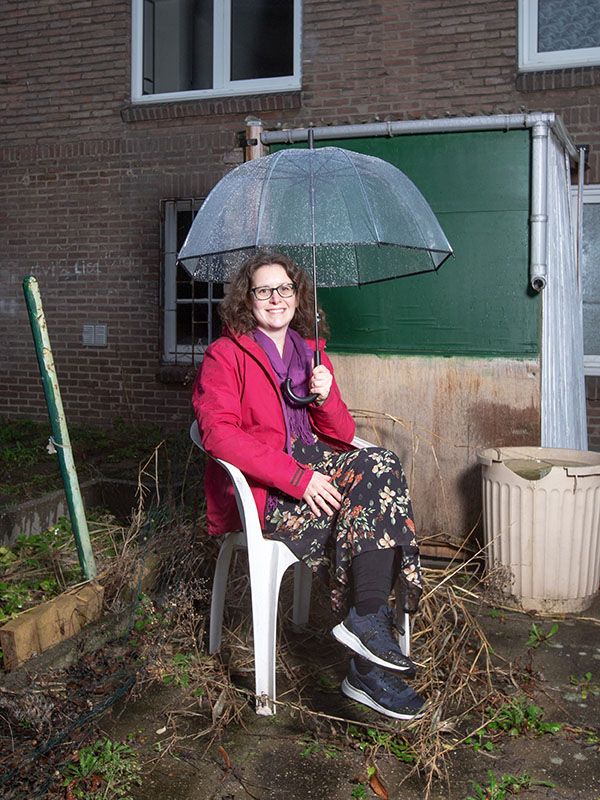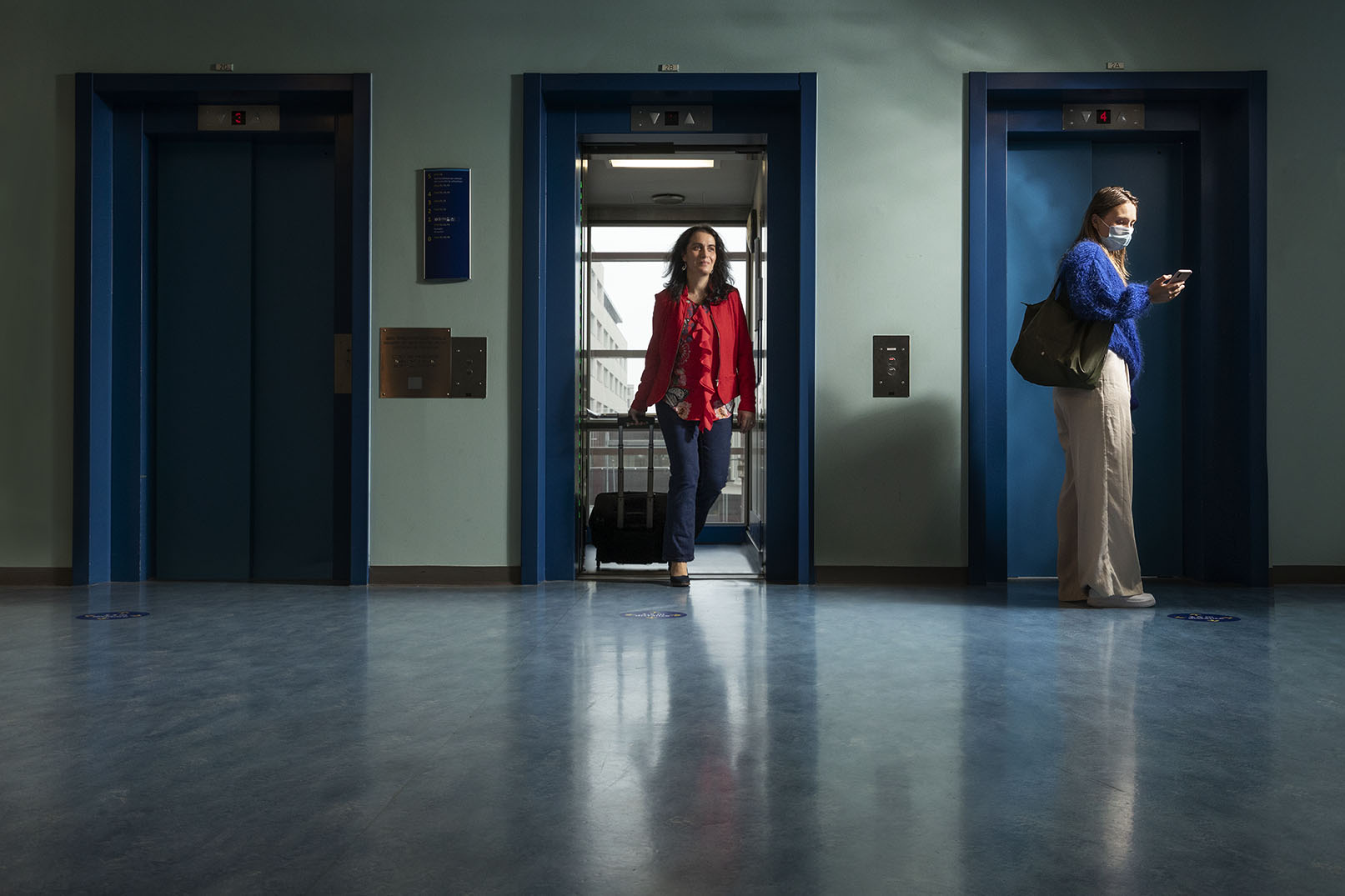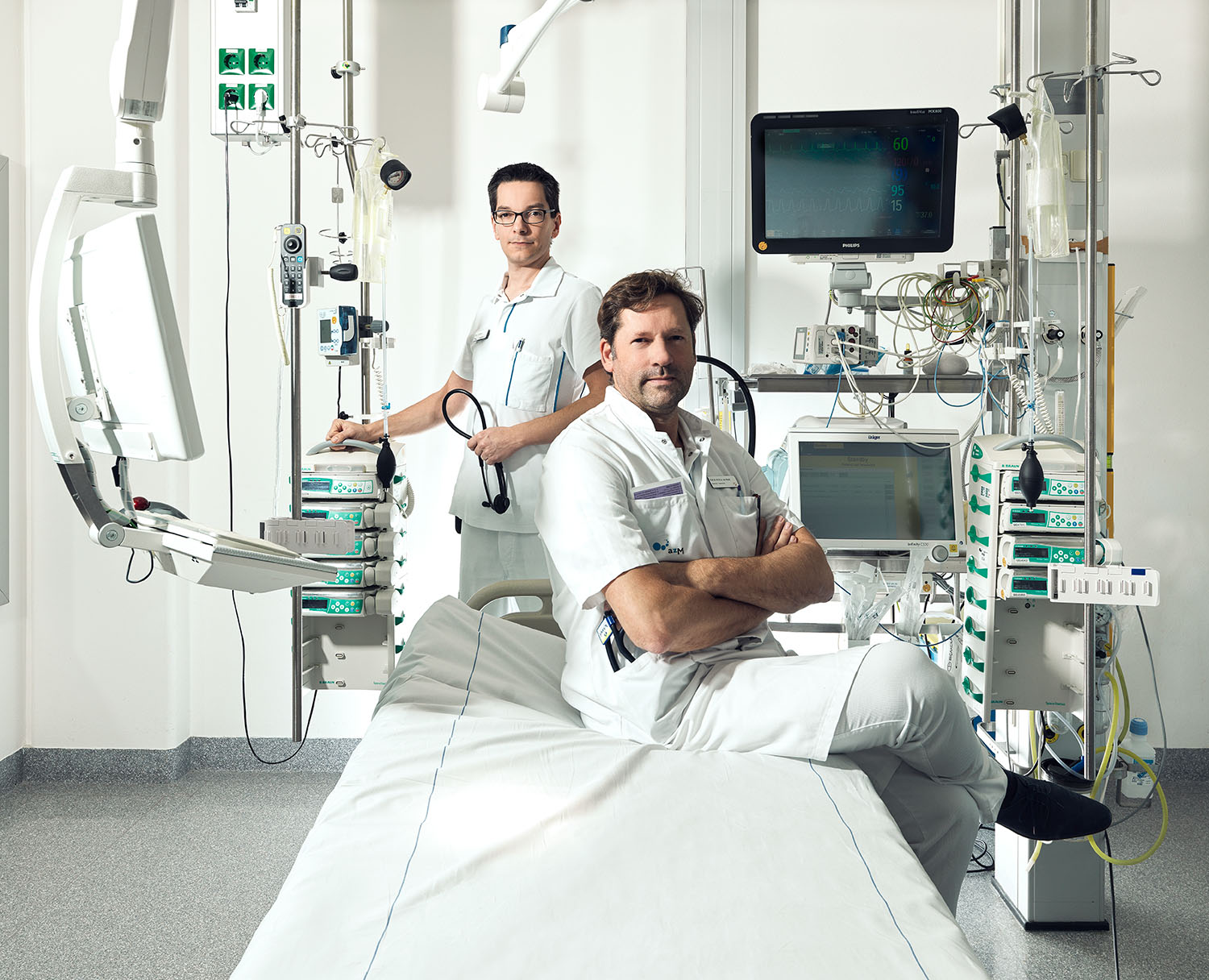BReIN to tackle Alzheimer’s using big data
He has every reason to beam. Earlier this year Jos Kleinjans, professor of Environmental Health Sciences at Maastricht University (UM), received the final word on a multi-year, multi-million-euro contribution to his brainchild, the Brightlands e-Infrastructure for Neurohealth (BReIN for short). This research institute will open up new horizons in the application of big data in healthcare.
Thanks to big data, it is now possible to analyse large amounts of patient data quickly and discover patterns relevant to the prevention and prediction of disease. To this end, the Province of Limburg, the Maastricht UMC+ and UM will in the coming years invest €20 million in the BReIN initiative. The aim of the new institute is to create high-quality infrastructure for the collection, storage and processing of big data in healthcare.
An in-depth study on Alzheimer’s will serve as a prototype project. The development of this disease is influenced by environmental factors such as harmful chemicals, food and lack of exercise in important but still mysterious ways. For this reason, researchers will first analyse samples from patients of the Limburg Alzheimer’s Centre. Collaborations have been lined up with Euregional partners including the universities of Liège and Leuven (Belgium) and the supercomputer centre in Jülich (Germany). In its first incarnation, therefore, BReIN is a platform for collecting data, in particular genomic data and data from MRI scans. But because experimental research is also needed to better understand the role of environmental factors, BReIN scientists will, in collaboration with international partners, develop a stem-cell platform for brain organoids.
Data infrastructure
The first phase involves the collection of as much existing data as possible, mainly from the Brightlands Maastricht Health Campus: brain samples from deceased Alzheimer’s patients, data from MRI scans, patient data from the Limburg Alzheimer’s Centre. By synthesising all these data, Kleinjans hopes to complete a piece of the puzzle. “Obviously, it’s a huge amount of data. To handle it all, the capacity of the university’s data centre in the former TV tower in Daalhof [in the western part of Maastricht –Ed.] and on the Randwyck campus will be increased.
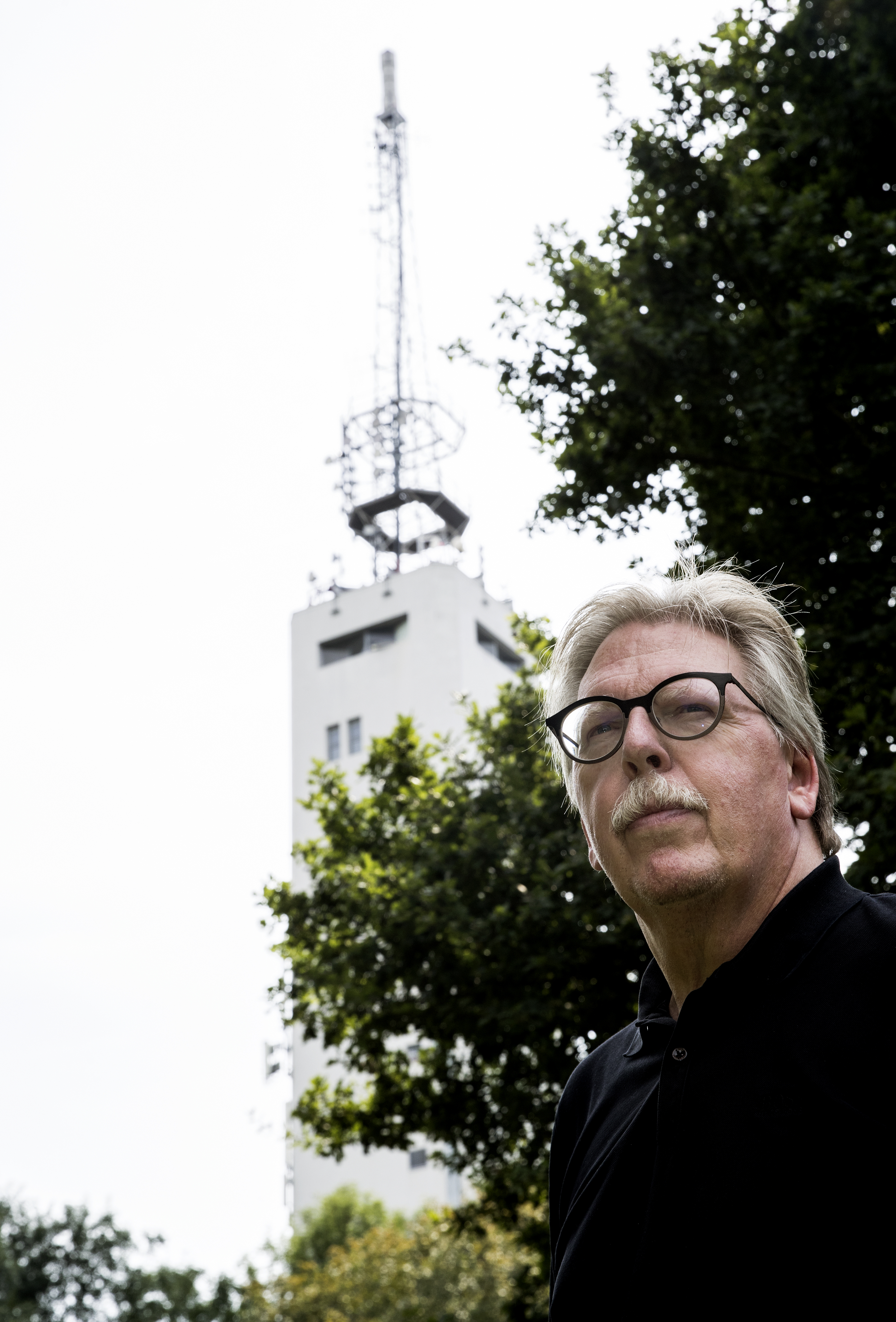
Jos Kleinjans is professor of Environmental Health Sciences at Maastricht University, where he chairs the Department of Toxicogenomics. He has over 30 years’ experience in toxicology and biomarker research, and has published more than 350 scientific articles on toxicology and environmental health sciences, mainly focused on genetic toxicology and toxicogenomics. He currently directs the Brightlands e-Infrastructure for NeuroHealth (BReIN), which explores big-data approaches to understanding Alzheimer’s disease.

For the connections between Daalhof and Randwyck, we’re fortunate to be able to use the existing fibre-optic network here in South Limburg. The motorway is already in place, so to speak. All we have to do is create a few entrances and exits for our BReIN infrastructure, which we’re currently working on. We’ll need an exit at Heerlen, because our backup facility will be on the Brightlands Smart Services Campus. And from there the data highway runs across to Germany, all the way to the supercomputer centre in Jülich. The amount of computing power that BReIN requires is simply not available locally, and Jülich has some of the most powerful computers in the world, so we’re taking advantage of it!”
Stem-cell models
Another part of the BReIN initiative involves linking gene expression, measured in experiments with environmental factors, to biopsies and scans of Alzheimer’s patients. “Pesticides are a good example. Scientists suspect that exposure to pesticides increases the chance of developing Alzheimer’s. But more evidence is needed, so we want to use brain organoids to test the influence of environmental factors like pesticides. To do that, we need to make neuronal stem-cell models, which is not so easy. Making a cell model of cancer cells is child’s play in comparison; the cancer cells proliferate over the edge of the petri dishes in no time. But the question is to what extent a cell model reflects the actual situation in humans. Programming stem cells is a different story, especially when it comes to neuronal stem cells. Some of our researchers will spend time in California this autumn to work on these topics. Did you know that Arnold Schwarzenegger made California the mecca of stem-cell research during his time as governor? Fortunately, UM recently began collaborating with the University of California at Irvine, so we expect to be able to take major steps in this area. Also, to make precise and unbiased genomic analyses both of patients and of our stem-cell experiments, our genome centre needs an upgrade. So we’re currently setting up a new lab with the latest equipment for DNA and RNA sequencing.”
Brightlands
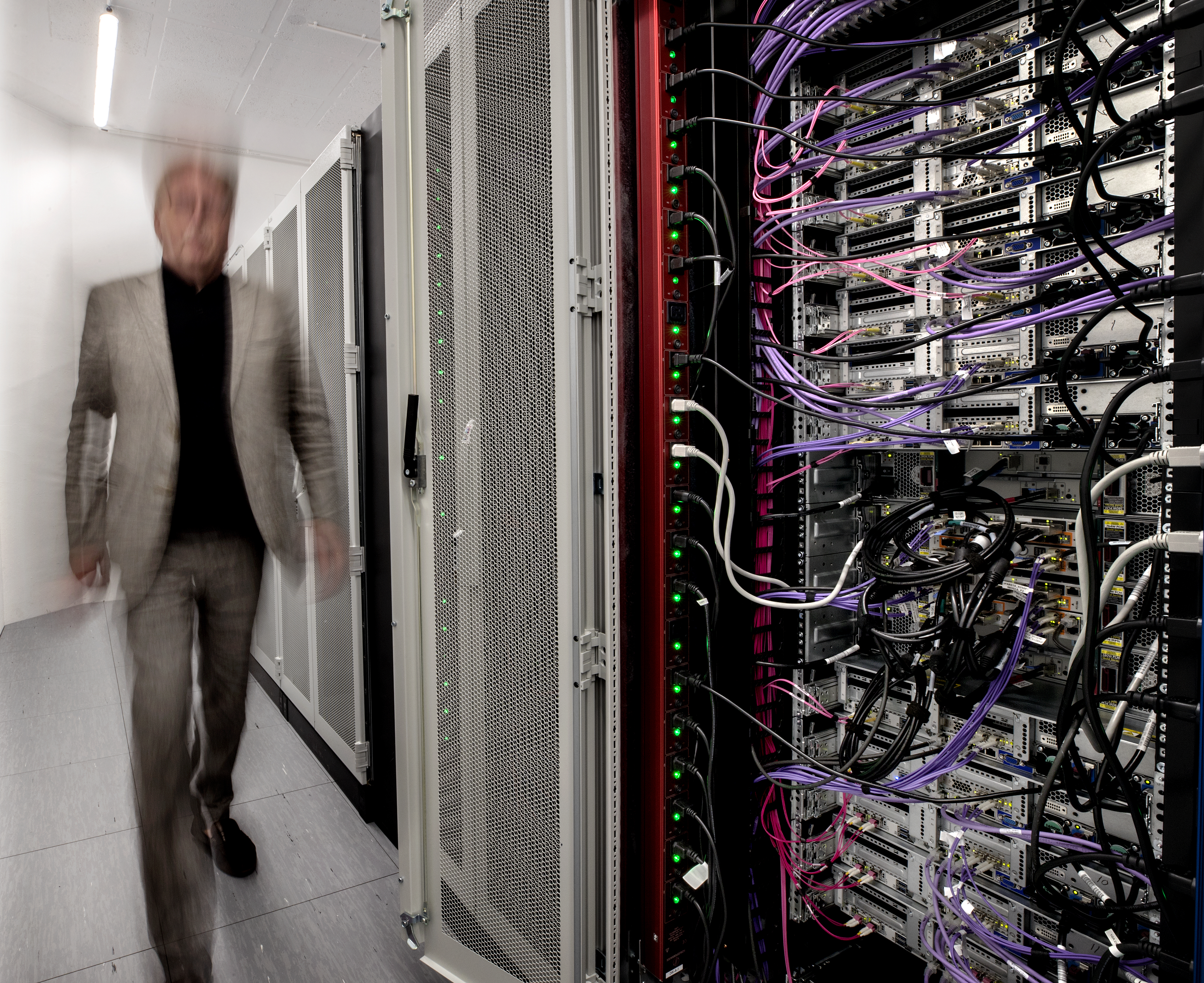
Following the tightening of European legislation, BReIN will pay close attention to protecting patient privacy, including through the use of blockchain technology. To facilitate this, scientists from the Brightlands Maastricht Health Campus will cooperate with data technologists from the Brightlands Smart Services Campus in Heerlen. “We’re talking with a dozen or so companies on the Heerlen campus with which we hope to collaborate fruitfully in the future. Spin-offs and start-ups, but also leading global companies like Accenture. With BReIN, our goal is not only to conduct top scientific research; we also want to commercialise analysis software and IT solutions focused on big data in healthcare. This means tapping into an entirely new domain. At present the commercialisation activities on the Brightlands Maastricht Health campus mainly focus on products and services for medical diagnostics and treatment. This is something we’ll also keep on doing through BReIN. For example, I can imagine that we’ll eventually sell our stem-cell models through the health campus.”
Also read
-
Gera Nagelhout is, in many respects, not a typical professor. She was the first in her family to attend university, and at the age of 34 was appointed endowed professor of Health and Wellbeing of People with a Lower Socioeconomic Position.
-
Together with her master’s students, Milena Pavlova is investigating the access to healthcare of undocumented migrants. Her findings give cause for concern: in many countries, this group has no or little access to healthcare.
-
Due to an acute shortage of organ donors, hundreds of people die each year in the Netherlands and Belgium alone. One large group of potential donors may not even be aware that they can donate their organs: people who opt for euthanasia. For his PhD research, Jan Bollen studied the issue of organ...
- in Featured
- in Human interest
- in Researchers
